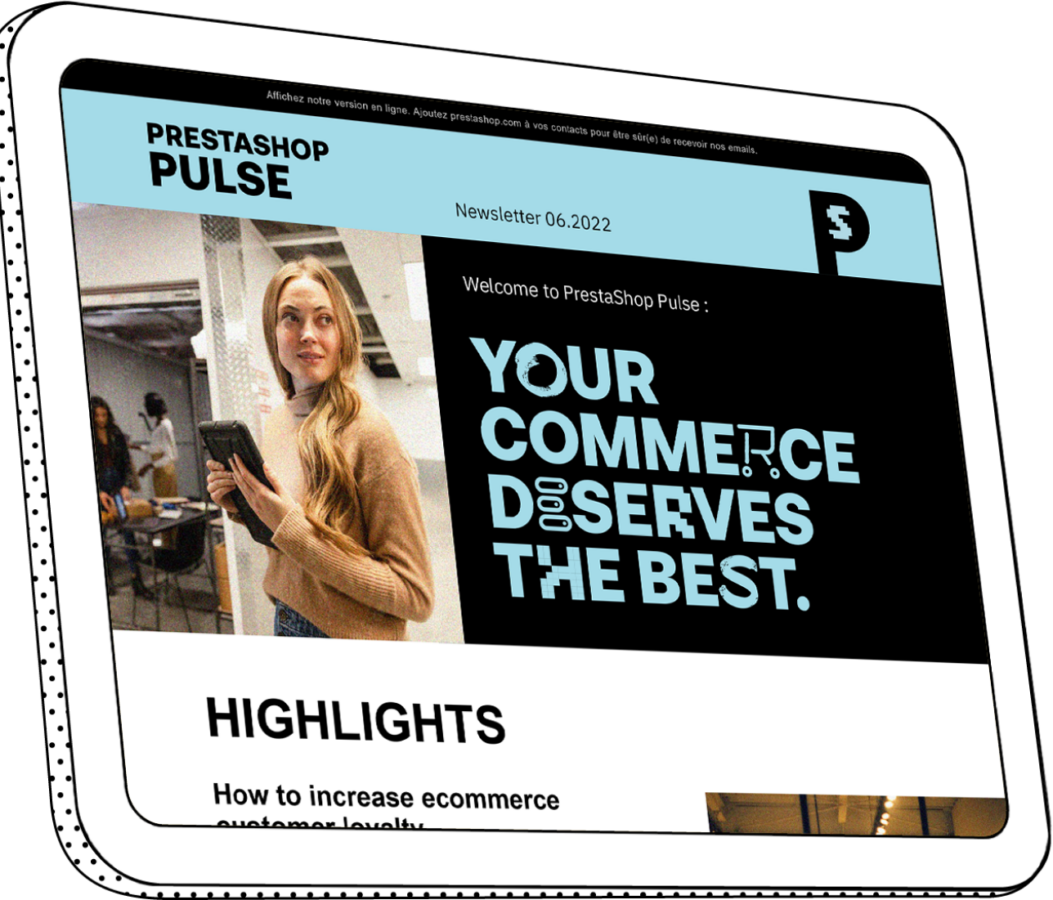A beginner's guide to personalizing messages for your customers
A beginner's guide to personalizing messages for your customers
If you can’t understand and cater to your customers’ specific needs in modern times, your days as a business are numbered. One of the best ways to start is with personalizing messages. If you can pull it off, you stand to win your customers’ loyalty and satisfaction. Everyone has to start somewhere, and this guide is going to help make sure that you get off on the best foot possible.
Understand your customers
The cornerstone commandment of marketing is to know your customer, and the foundation of personalizing your messages lies in knowing your customers thoroughly. Understand their demographics and buying patterns. Find out what their preferences are and how they interact with your business.
The best way to go about this is with a customer relationship management (CRM) system or analytics tool, which you can use to gather and analyze this data. If these resources aren’t available to you, surveys or even direct communication can give you the insights you need.
Segment your audience
Once you've collected enough data, it’s time to segment your audience. Divide your customers into distinct groups based on common characteristics - such as age, location, and purchasing behavior. The idea behind segmentation is to enable you to tailor your messages to specific customer groups, which makes your communication more relevant.
The power of personalized content
Once you have a clear understanding of your customer segments, you can deliver great content that speaks directly to each group. Personalized content goes well beyond addressing the customer by their name. Personalized content means bringing them information that is very relevant to their circumstances and interests. It could be anything from product recommendations based on their past purchases to personalized discounts on their favorite items.
Leverage AI and machine learning
Artificial intelligence (AI) and machine learning can be used to personalize messages at scale. This may seem counterintuitive since using programs based on algorithms hardly seems “personal.” But these tools can analyze massive amounts of data and learn patterns faster than humans. They can offer very accurate insights about what each customer wants. They can then craft messages based on these insights that become highly personalized content that resonates deeply with your customers.
Use multiple channels of communication
Different customers have different communication preferences. Age, lifestyle, and other factors can influence these preferences, which can be anything from email to text messages to social media interactions. Multi-channel communication allows you to reach customers on their preferred platforms, which means a much better chance of engagement.
Test and optimize
Testing and optimization are crucial steps in your personalization strategy. A/B testing will help you understand what type of messaging works best for each customer group, but you have to continuously refine your approach based on these findings to ensure your strategy remains accurate. One metric to monitor closely is the follower growth rate. You want to ensure that this number consistently goes up. If it isn’t, it’s almost a sure sign that you’re not connecting with your audience.
Don’t forget about privacy
While personalizing messages, it's easy to forget about your customers' privacy. Making your content more “personal” means you have to be sure your activities are compliant with data protection regulations. And just as important is to always provide options for customers to control their data. If your customers don’t think you’re being conscientious with their data, your company’s reputation will suffer.
Use behavioral triggers
Behavioral triggers are actions taken by your customers that prompt an automated and personalized response from your business. For instance, if a customer abandons their online shopping cart, your system sends them a personalized email reminding them about the products they've left behind. Another scenario could be if a customer hasn't engaged with your business for a certain period - you can send them a message to rekindle their interest.
SPEAK TO EVERY CUSTOMER LIKE THEY’RE THE ONLY ONES.
Talk to your shoppers like you know them with the help of automation.
Automate your marketing campaigns: send tailor-made content to targeted leads, engage better with your audience, and increase your conversion rate.
LEARN MORE ▶︎
Humanize your messages
The human touch remains crucial, especially in a world dominated by technology. Never fail to remember that you're trying to reach real people. Humanize your messages. Add a personal note and use a conversational tone. Show empathy where needed. Messages that resonate emotionally are what drives engagement and create a connection with your brand.
Using social proof
Lastly, consider weaving social proof into your personalized messaging strategy. This can be testimonials or reviews from other customers and can provide a powerful persuasion element. For instance, personalized messages that include testimonials about a product the customer is interested in an offer that extra push they need to make the purchase.
Conclusion
To summarize, personalizing messages to customers can lead to increased satisfaction and loyalty. You should begin with a deep understanding of your customers and segment them into distinct groups. Then create content that caters to each group while making use of technology. Optimize based on performance, and remember that respect for privacy is essential. Don’t focus on short-term gains - know your customer, be authentic with them, and build the relationship. That is how you use personalized messaging to your advantage.







